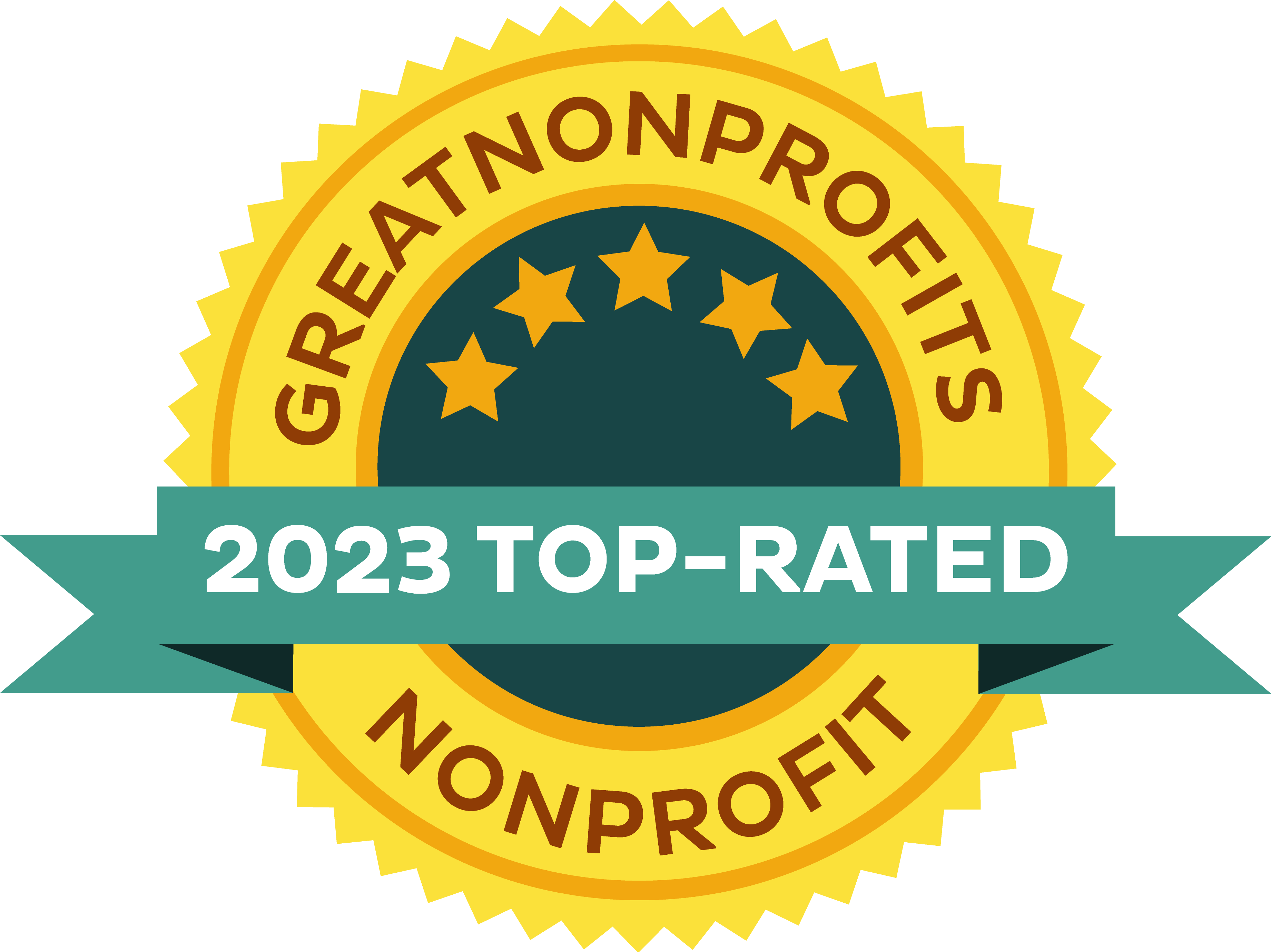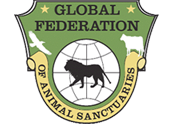This post is by a new guest blogger, Gwendy Reyes-Illg. She is an emergency veterinarian in Loveland, Colorado and serves on the Leadership Council of the Humane Society Veterinary Medical Association. She has visited and volunteered her services to several primate sanctuaries in the United States and Africa. Currently Dr. Reyes-Illg is pursuing a master’s degree in Animal and Environmental Ethics at Colorado State University. In a few years, she plans to relocate permanently to Africa to help primate sanctuaries and their surrounding communities. We asked her a few questions about her work—the first of which are answered here, and the rest will be in a follow-up post soon. WARNING: one possibly disturbing image is included in this entry as a link in the text.
—
How long have you been working in the field, and how did you get started there? What do you find most rewarding about working with chimpanzees and gorillas?
I’ve been working with apes for the past 13 years. As a college student, I took a semester off to intern at the Center for Great Apes in Wauchula, FL, a sanctuary for chimpanzees and orangutans rescued or retired from the entertainment and pets trades. I have loved animals and advocated for them for as long as I can remember—by age 10, I was an ethical vegetarian—so my heart was already set on spending my life working with and for animals.
A documentary about Jane Goodall, along with the book The Great Ape Project, inspired me to focus on apes. Fascinating creatures in their own right, apes also serve as a natural “bridge” for extending moral consideration beyond our own species. In veterinary school, I always tried to imagine how I could adapt what I was learning to primate sanctuaries, especially those in remote areas with limited resources.
Now, as a veterinarian, what is most rewarding for me is the moments of connection that I have with individual primates. After an anesthetic procedure, I often sit with the patient while he or she wakes up to make sure they are recovering well. This is a quiet time where they are away from their group. Even chimpanzees who are normally pretty shy with humans will come out of their shell a bit, and reach out a hand to be held. Given how strong and intimidating chimpanzees can be when emotionally aroused, I am always amazed at the gentleness with which many of them groom and touch.
Tell us about an individual ape personally affected by human encroachment, and how you were involved in their recovery.
Unlike most apes in North American sanctuaries, almost all the chimpanzees and gorillas in African sanctuaries were born in the wild. They were taken from the forest when the mothers they were clinging to were killed so their bodies could be sold as “bushmeat.” Though ape meat is illegal, it can be sold at a high price because, for some, consuming it is a status symbol. Even some restaurants in Europe and North America have been caught serving ape meat.
Infants’ small size means that they fetch a higher price when sold alive, as “pets” or tourist attractions. After the horrors of being torn from their mothers, many infants die of their wounds, neglect, or illnesses they contract from their captors. The survivors are often tied by the waist or chained by the neck in private homes or hotels. The rare lucky survivors wind up in one of dozens of sanctuaries throughout Africa after being confiscated by authorities or surrendered by people who have purchased them.
Margot, a four-year-old “little girl,” is one chimpanzee I got to know especially well during my last time in Africa. She was confiscated from a poacher in 2011 and arrived at the Sanaga-Yong Chimpanzee Rescue Center with several shotgun wounds to her face—probably from the same gun that killed her mother. As a result, she had a broken jaw, as well as a hole in the roof of her mouth (palate) that connected to her nose. While most of her wounds healed soon after her arrival, the hole in her palate proved very difficult to surgically repair. Both a human surgeon and a veterinarian attempted to close the hole, but two surgeries later, it was still there, and Margot was frequently developing respiratory infections from aspiration.
Before my last volunteer trip, the sanctuary director and I consulted with several maxillofacial surgeons to develop a new surgical plan and get the special supplies I would need for what we hoped would be Margot’s final surgery. Margot was gently anesthetized and carefully monitored and tended to by Nicholas, the Cameroonian veterinary technician, while I performed the surgery. Afterward, she had to eat an all liquid diet and take several different medications to prevent pain and infection. We were worried Margot or one of the other chimpanzees in her group might pull out the stitches before the repair had healed so, instead of going out into the forest everyday with the others, Margot had to stay inside with a caregiver for two weeks. She was not happy about this!
Despite the disruption of her routine and missing her chimpanzee friends, Margot was a very good patient. Every day or two, I visited her, played for a bit and tried to get a peek at how the repair was holding up. Margot was so gentle and tolerant, even with everything she was going through—and all she had survived in her short life. At last check, it looks like the surgery has been a success! The hole was finally closed. Margot will have another check-up soon, to make sure everything is continuing to heal well.






